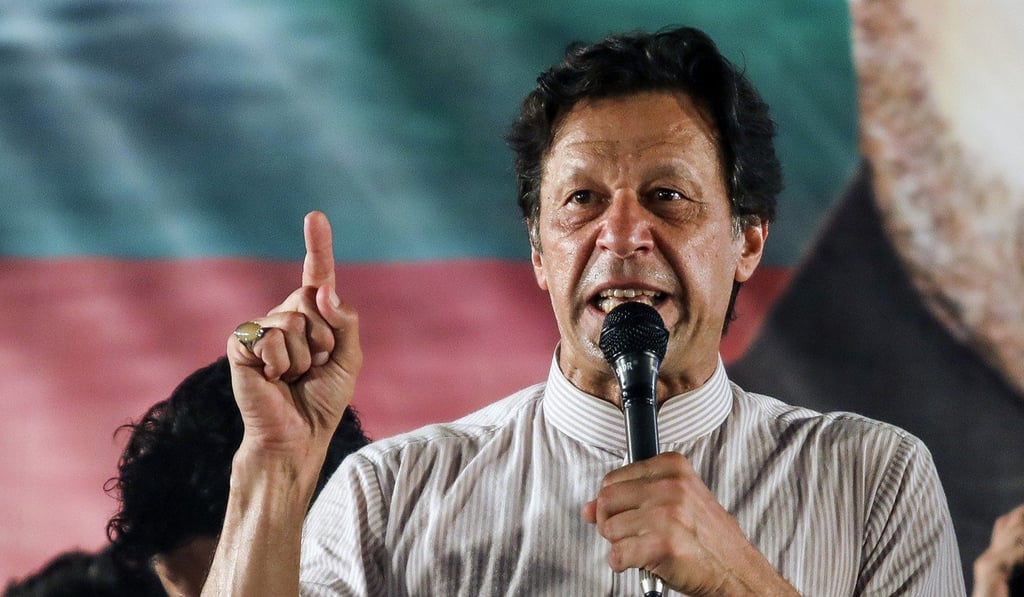Opinion | The Middle East pivot to China and neighbouring markets is a win-win situation
- China’s search for cleaner energy means it will require more oil and gas, becoming the consumer of choice for hydro-carbons produced in the Middle East
- Beijing has accelerated its investments in the Middle East, spending lavishly on construction and infrastructure
- Asia will soon represent more than half of middle-class consumption globally

Drawing the oil-rich Arab states towards the East, China’s geo-economic interests have taken on an interesting new dimension recently. As one of the fastest growing global economies today, dependable energy sources are crucial for keeping China’s 6 per cent growth sustainable. Having cut down on coal, China requires even more oil and gas and it now consumes 30 per cent of the global hydro-carbon supply.
Possessing minimal domestic energy reserves, China is compelled to ensure a steady supply stream and prioritise its energy security. Mainly dependent on the oil-rich Arab countries for oil and gas supplies, Beijing has searched for alternate energy sources since 2015 to avoid the regional political frictions but it remains one of the top three importers from Saudi Arabia, Iran and Iraq.
Strategically located, the Middle East plays an intrinsic geo-economic role as energy-supplier and most Asian and European nations run on its hydro-carbon resources. As a ploy to contain the risk factor here, China has accelerated its investments in the Middle East, spending lavishly on construction and infrastructure. Over time, it has grown to become the largest investor and major trade partner of the Gulf Co-Operation Council (GCC). Not only that, as long-term strategy, bilateral ties between China and the Gulf states have also been upgraded on a strategic level since last year. Meanwhile, bilateral trade is flourishing, growing from just US$9.8 billion in the year 2000 to a massive US$175 billion in 2014, according to the IMF.
As luck would have it, since 2014 the Middle Eastern energy industry started facing setbacks due to fluctuating oil prices and a glut of unsold barrels. Disturbing the regional economy, this crisis has forced smaller GCC states like Oman and Bahrain to depend on credit facilities extended by the larger members. Faced with this recurrent problem, these countries decided to reduce their dependency on oil income. However, solutions like tourism and foreign investments yielded no solid results and these nations remained reliant on the oil and gas sector.

Around this time, China rolled out its mega-project, the “Belt and Road Initiative” (BRI), providing new trade corridors and massive infrastructure projects. As they were already searching for new pastures, Saudi Arabia and the UAE pitched in and announced investments in oil refineries and other related projects in Pakistan’s Gwadar port. Being the focal port of the China Pakistan Economic Corridor (CPEC), this port could help Saudi Arabia implement the Vision 2030 policy by providing jobs and new sources of income. Providing the fastest trade route to China with its key location, this key-port has the potential to turn into a regional base station for the Middle East and Africa.
